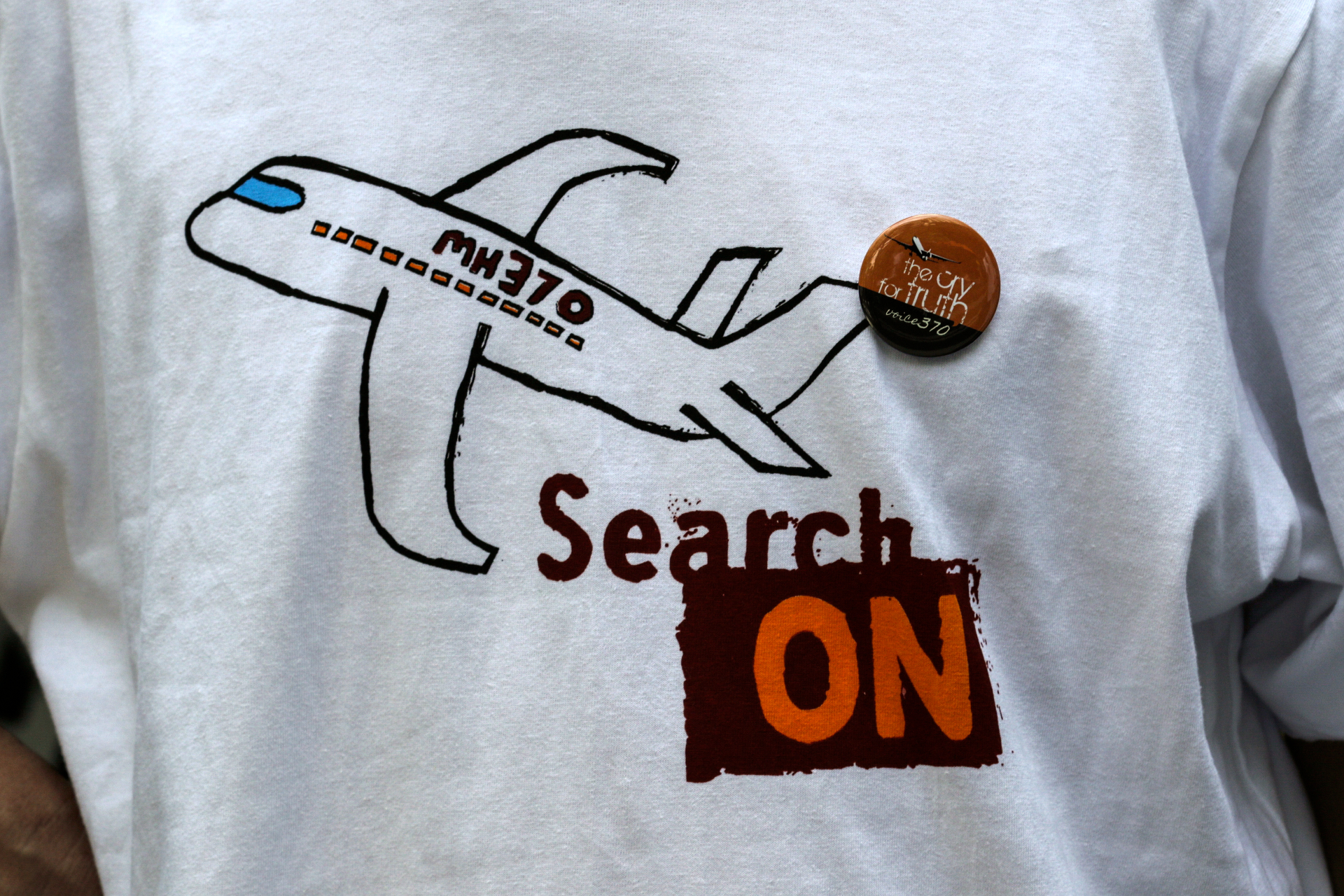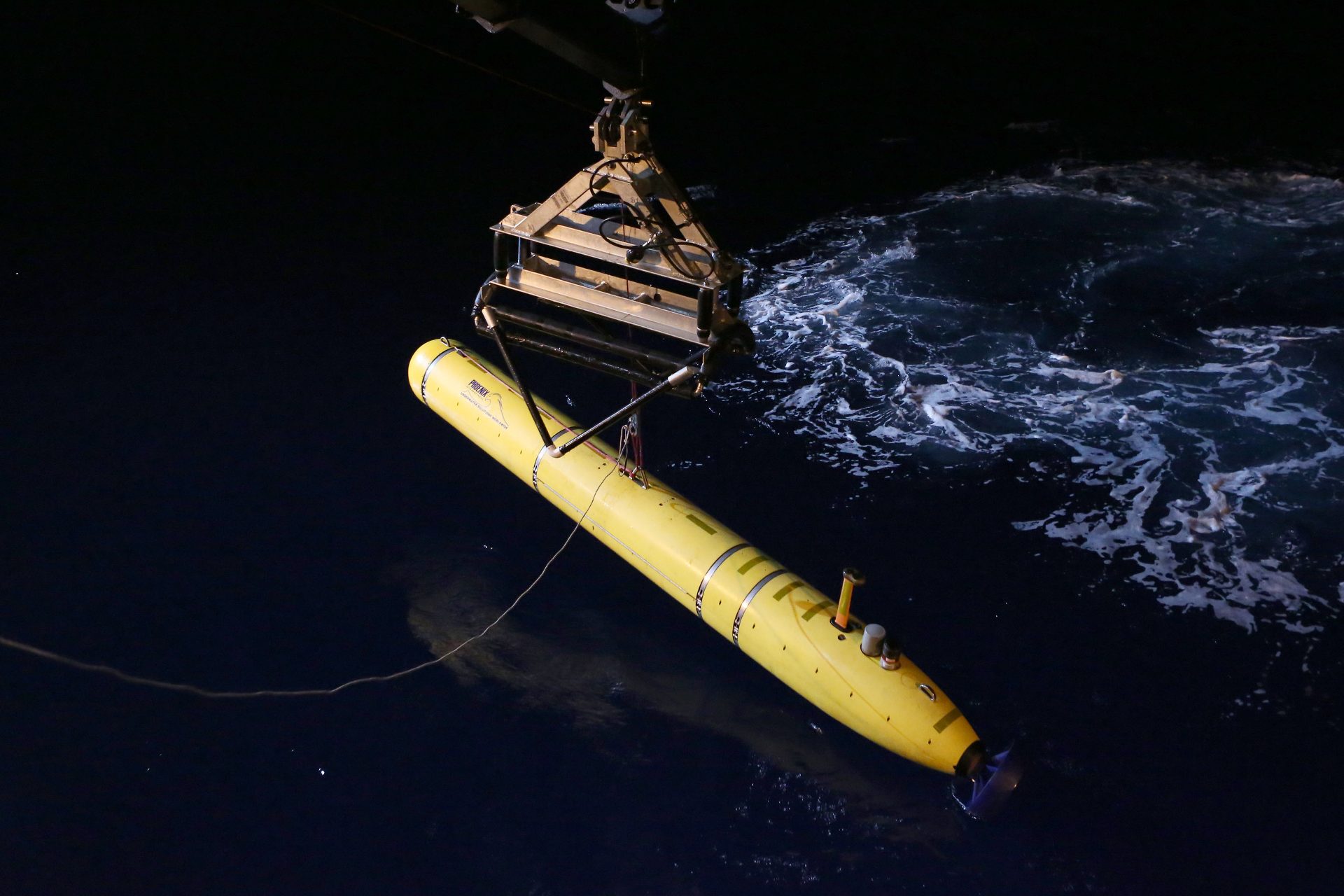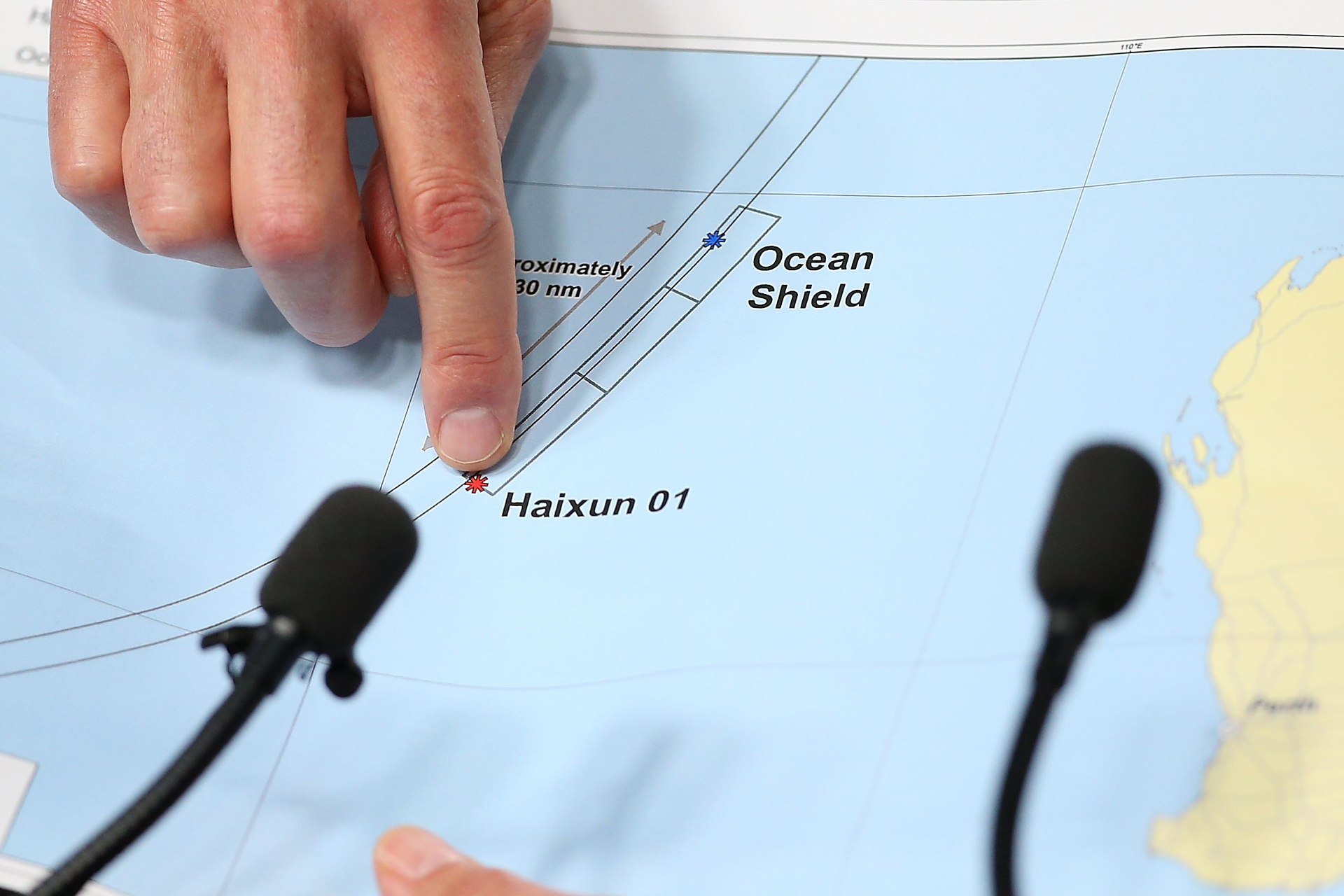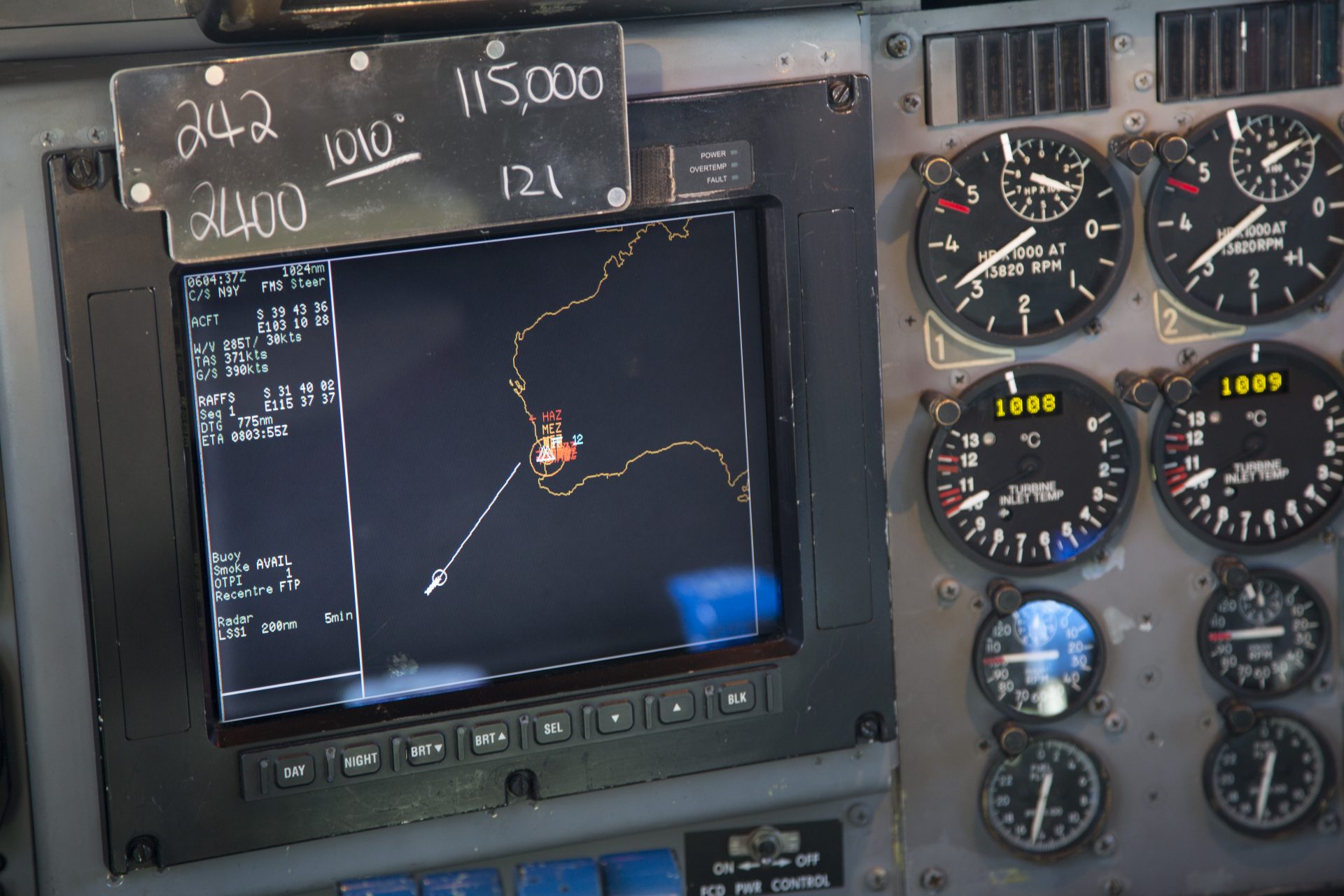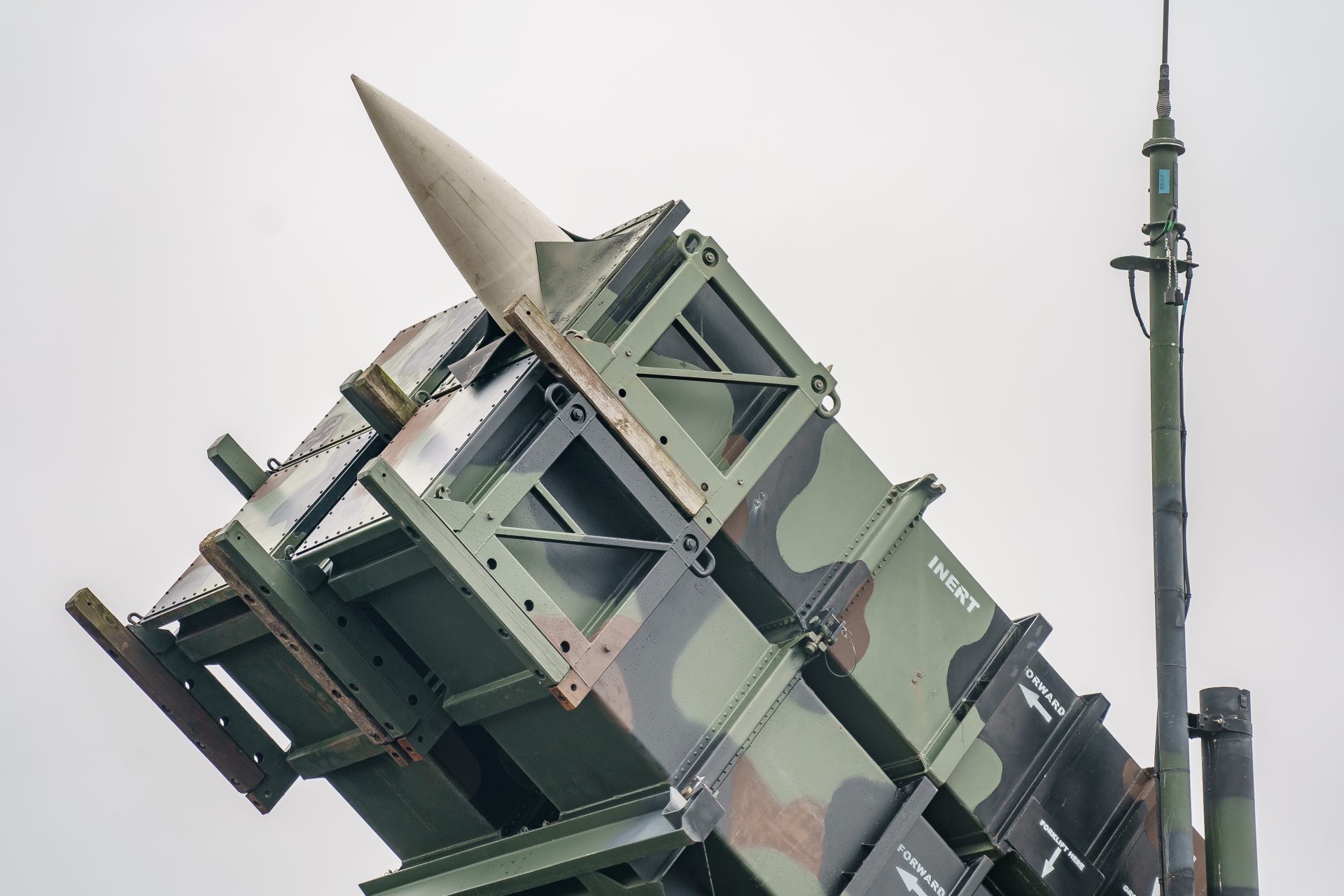On the brink of solving one of the world's most baffling aviation mysteries
Back in 2014, Malaysia Airlines flight 370 took to the air bound for Beijing. Two hundred and thirty nine passengers had boarded in Kuala Lumpur. The date was March 8.
The Boeing 777 carrier went off the radar just 39 minutes after taking off and disappeared without trace. Experts believe it then ran out of fuel and crashed into a remote part of the southern the Indian Ocean.
Eleven years later, the aircraft is still missing with only a few pieces of debris from the crash found washed up on the shores of western Indian Ocean islands. But underwater microphones have detected a weak six-second signal from the plane itself that may offer a clue to its whereabouts.
According to The Telegraph, researchers from Cardiff University state that the six-second signal must have been recorded at the precise moment the plane crashed into the Indian Ocean as it coincides with the suspected moment of impact.
Based on this signal, the British scientists aim to run further tests to see if the underwater microphones – also known as hydrophones – can lead them to wreckage at the bottom of the Indian Ocean, though why the plane deviated from its route may remain one of the great mysteries of contemporary aviation.
According to The Telegraph, a 200-ton plane that crashes at a speed of 720 km/h releases kinetic energy equivalent to a small earthquake, powerful enough to be detected by an underwater microphone thousands of kilometers away – a valuable tool for classifying such marine events.
Initially, the Cardiff researchers got their lead from data gathered at the hydroacoustic stations at Cape Leeuwin in Western Australia and Diego Garcia, an island in the Indian Ocean
These hydroacoustic stations have been known to detect other plane crashes and also earthquakes of varying magnitude as far away as 5,000 kilometers. The scientists hope that by analysing the signal's properties, they might identify further acoustic clues to the plane's location which has stumped experts for the past 11 years.
To help answer questions on the detectability of the acoustic signal from the plane, the scientists are considering the detonation of grenades in the ocean to emulate the impact of the plane and cross-reference current data with what was obtained in 2014.
These explosions could even help determine if the proposed time frame of the crash is correct, since communication with the plane was supposedly lost an hour before impact, which has also made the investigation difficult. Now, with the potential of hydroacoustic technology highlighted, scientists hope further tests will shed fresh light on the fate of flight 370.
More for you
Top Stories





